Pagophilus groenlandicus Erxleben, 1777

Phylum: Chordata Haeckel, 1874
Classe: Mammalia Linnaeus, 1758
Ordine: Carnivora Bowdich, 1821
Famiglia: Phocidae Gray, 1821
Genere: Pagophilus Gray, 1844
Italiano: Foca dalla sella, Foca della Groenlandia
English: Harp Seal, Saddleback seal
Français: Phoque du Groenland, Phoque à selle
Deutsch: Sattelrobbe
Español: Foca arpa, Foca groenlandesa
Descrizione
Tra febbraio e marzo le femmine combattono per un pezzo di territorio, mentre i maschi combattono per il diritto di accopiarsi. Qui mettono al mondo i cuccioli, mai più di uno per parto. Dopo un mese il cucciolo è diventato adulto e quindi viene abbandonato dalla madre.
Diffusione
La foca dalla sella o foca della Groenlandia trascorre l'estate nei mari dell'Artico. Qui si ciba di krill e pesci, come aringhe e merluzzi. Alla fine della stagione si dirige verso le coste della Groenlandia meridionale, della Scandinavia settentrionale e dell'Asia settentrionale, vivendo qui la maggior parte dell'anno.
Sinonimi
= Phoca groenlandica.
Bibliografia
–Kovacs, K.M. (2015). Pagophilus groenlandicus. The IUCN Red List of Threatened Species.
–Encyclopedia of marine mammals. Perrin, William F., Würsig, Bernd G., Thewissen, J. G. M. (2nd ed.). Amsterdam: Elsevier/Academic Press. 2009.
–Kovacs, K.M. 2015. Pagophilus groenlandicus. The IUCN Red List of Threatened Species 2015.
–Folkow, L.P.; Nordøy, E.S. (2004). "Distribution and diving behaviour of harp seals (Pagophilus groenlandicus) from the Greenland Sea stock". Polar Biology. 27 (5): 281-298.
–Lydersen, Christian; Kovacs, Kit M. (1993). "Diving behaviour of lactating harp seal, Phoca groenlandica, females from the Gulf of St Lawrence, Canada". Animal Behaviour. 46 (6): 1213-1221.
–Lavigne, D.; Innes, S.; Worthy, G.; Kovacs, K.; Schmitz, O.; Hickie, J. (1986). "Metabolic rates of seals and whales". Canadian Journal of Zoology. 64 (2): 279-284.
–Boily, Patrice; Lavigne, David M. (1996). "Thermoregulation of juvenile grey seals, Halichoerus grypus, in air". Canadian Journal of Zoology. 74 (2): 201.208.
–Kvadsheim, P. H.; Folkow, L. P. (1997). "Blubber and flipper heat transfer in harp seals". Acta Physiologica Scandinavica. 161 (3): 385-395.
–"Adaptation of the Harp Seal". bioweb.uwlax.edu. Retrieved 2018-04-03.
–"Harp Seal | National Geographic". 2011-03-10.
–"Harp Seal". Oceana. Retrieved 2018-04-10.
–Lindstrøm, Ulf; Nilssen, Kjell (2013). "Harp seal foraging behaviour during summer around Svalbard in the northern Barents Sea: diet composition and the selection of prey". Polar Biology. 36 (3): 305-320.
–Lindstrøm, U.; Harbitz, A.; Haug, T.; Nilssen, K. T. (1998). "Do harp seals Phoca groenlandica exhibit particular prey preferences?". ICES Journal of Marine Science. 55 (5): 941-953.
–John, Lawson; Anderson, John (1998). "Selective foraging by harp seals Phoca groenlandica in nearshore and offshore waters of Newfoundland, 1993 and 1994". Marine Ecology Progress Series. 163: 1-10.
–Fisheries, NOAA. "Harp Seal (Pagophilus groenlandicus) :: NOAA Fisheries".
–Miller, Edward H.; Burton, Lauren E. (2001). "It's all relative: allometry and variation in the baculum (os penis) of the harp seal, Pagophilus groenlandicus (Carnivora: Phocidae)". Biological Journal of the Linnean Society. 72 (3): 345-355.
–Ronald, K.; Dougan, J. L. (1982). "The Ice Lover: Biology of the Harp Seal (Phoca groenlandica)". Science. 215 (4535): 928933.
–"Harp seal | mammal". Encyclopedia Britannica. Retrieved 2018-04-03.
–Berta, Annalisa; Churchill, Morgan (2012-07-01). "Pinniped taxonomy: review of currently recognized species and subspecies, and evidence used for their description". Mammal Review. 42 (3): 207–234.
–Ronald, K., & Healey, P. J. (1981). Harp Seal. Chapter 3 in Ridgeway, S. H., & Harrison, R. J., eds. Handbook of Marine Mammals, vol. 2 Seals. Academic Press, London.
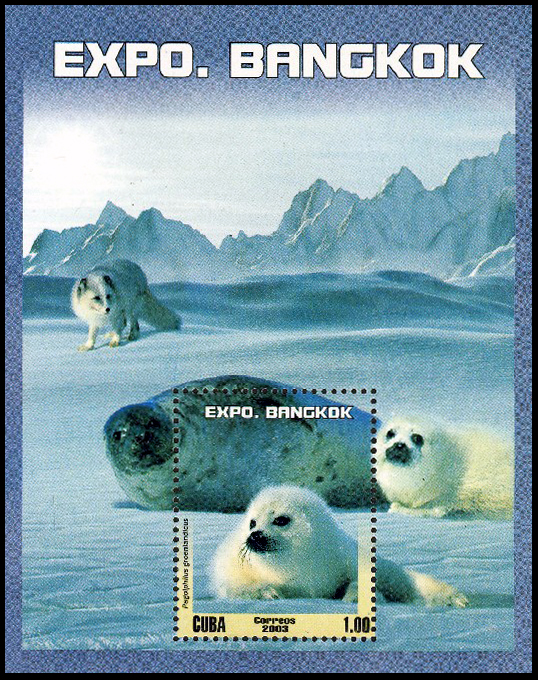
|
Data: 28/08/2003
Emissione: Expo Bagkok Stato: Cuba |
|---|
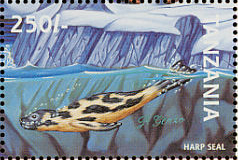
|
Data: 30/10/1997
Emissione: Fauna del mondo Stato: Tanzania Nota: Emesso in un foglietto di 9 v. diversi |
|---|
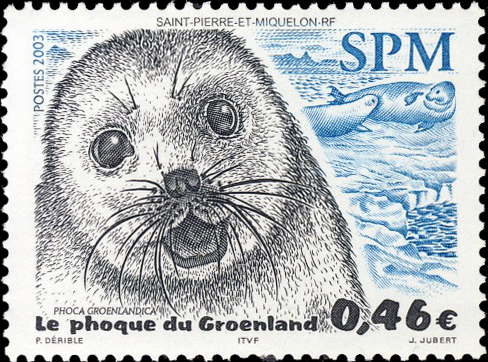
|
Data: 12/03/2003
Emissione: Foche Stato: St. Pierre and Miquelon |
|---|
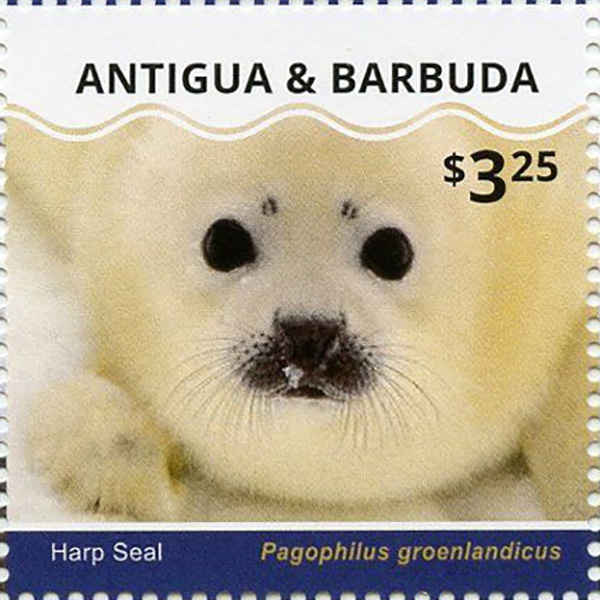
|
Data: 25/05/2016
Emissione: Mammiferi marini Stato: Antigua and Barbuda |
|---|
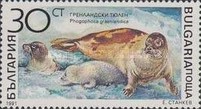
|
Data: 24/12/1991
Emissione: Mamiferi marini Stato: Bulgaria Nota: Emesso in un foglietto di 6 v. diversi |
|---|
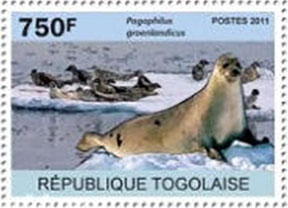
|
Data: 15/02/2011
Emissione: Salvare gli animali dell'Artico Stato: Togo Nota: Emesso in un foglietto di 4 v. diversi |
|---|
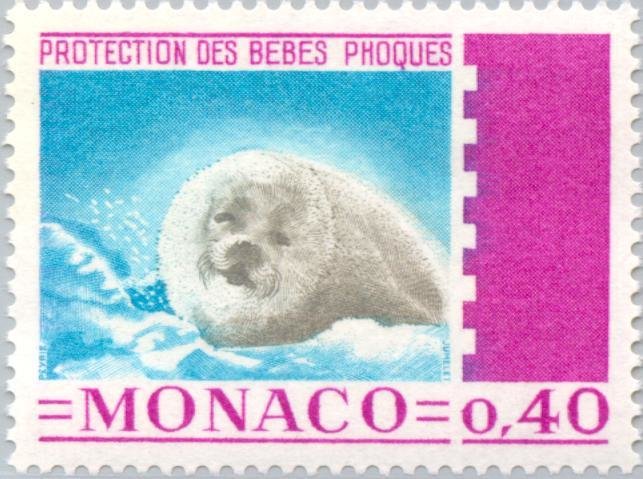
|
Data: 16/03/1970
Emissione: Proteggere le giovani foche Stato: Monaco |
|---|
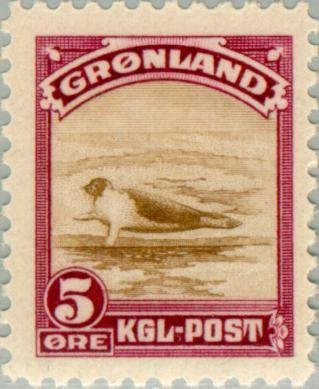
|
Data: 01/02/1945
Emissione: Edizione New York Stato: Greenland Nota: Emesso in una serie di 9 v. 3x1 - 2x1 - 4 diversi |
|---|
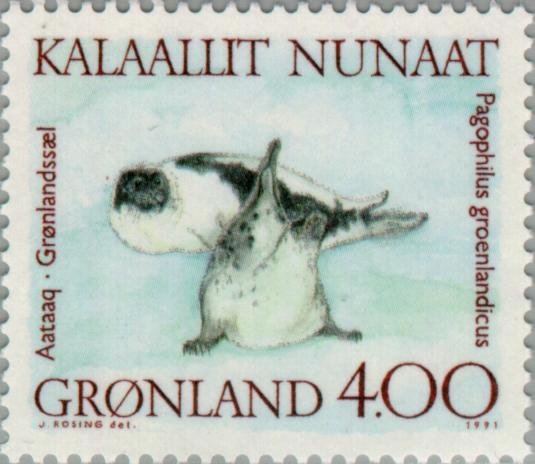
|
Data: 14/03/1991
Emissione: Foche Stato: Greenland Nota: Emesso in una serie di 6 v. diversi e in foglietto |
|---|
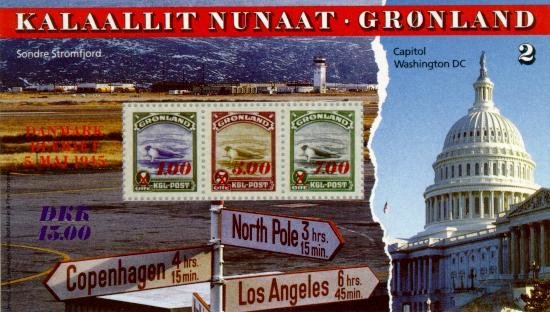
|
Data: 05/05/1995
Emissione: Sovrastampati Edizione New York Stato: Greenland |
|---|
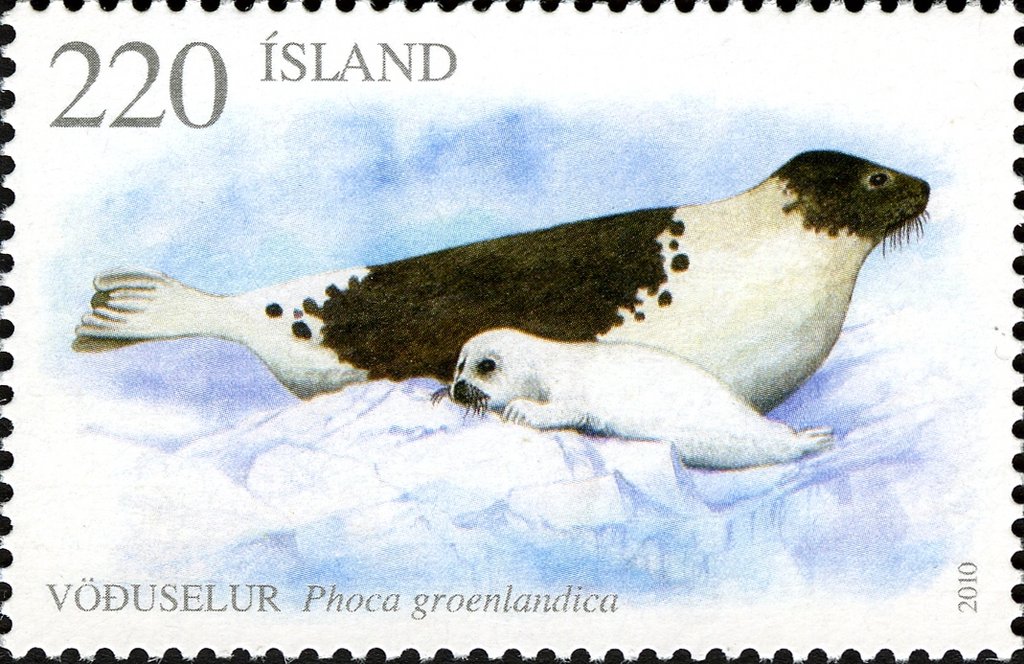
|
Data: 28/01/2010
Emissione: Foche Stato: Iceland |
|---|
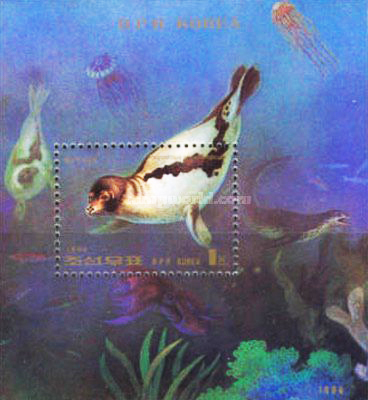
|
Data: 10/06/1994
Emissione: Foche Stato: Korea (North) |
|---|
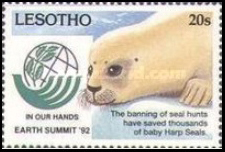
|
Data: 08/02/1993
Emissione: Conferenza delle Nazioni Unite sulla Sostenibilità e lo Sviluppo Rio de Janeiro, 1992 Stato: Lesotho Nota: Emesso in una serie di 2 v. diversi |
|---|
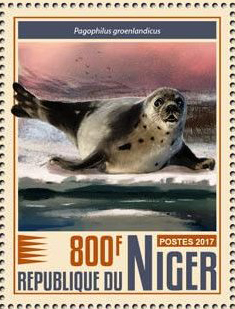
|
Data: 20/11/2017
Emissione: La fauna antartica Stato: Niger Nota: Emesso in un foglietto di 4 v. diversi |
|---|
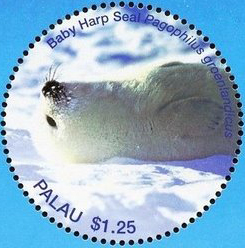
|
Data: 05/05/2017
Emissione: Foche del mondo Stato: Palau Nota: Emesso in un foglietto di 6 v. diversi |
|---|
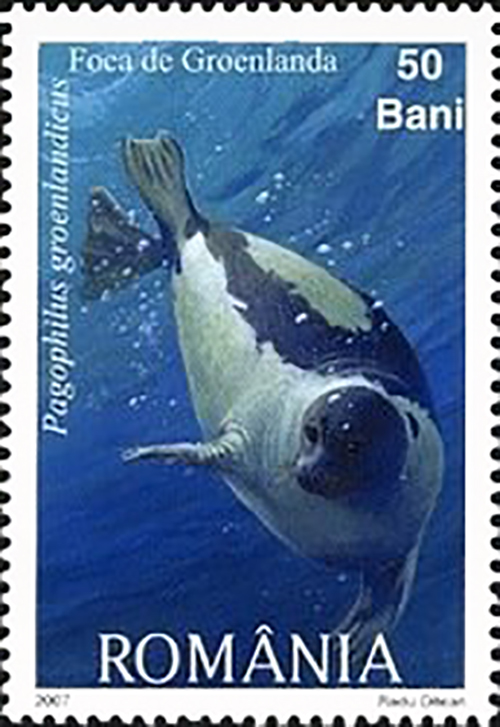
|
Data: 12/12/2007
Emissione: Fauna artica Stato: Romania Nota: Emesso in una serie di 6 v. diversi |
|---|

|
Data: 25/05/2012
Emissione: Il riscaldamento globale Stato: Guinea-Bissau Nota: Emesso in un foglietto di 4 v. diversi |
|---|
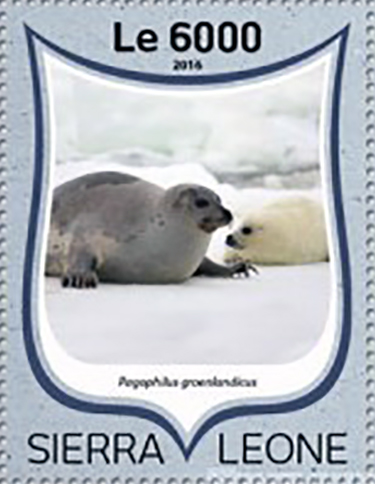
|
Data: 29/08/2016
Emissione: Vita nel mare - Le Foche Stato: Sierra Leone Nota: Emesso in un foglietto di 4 v. diversi |
|---|